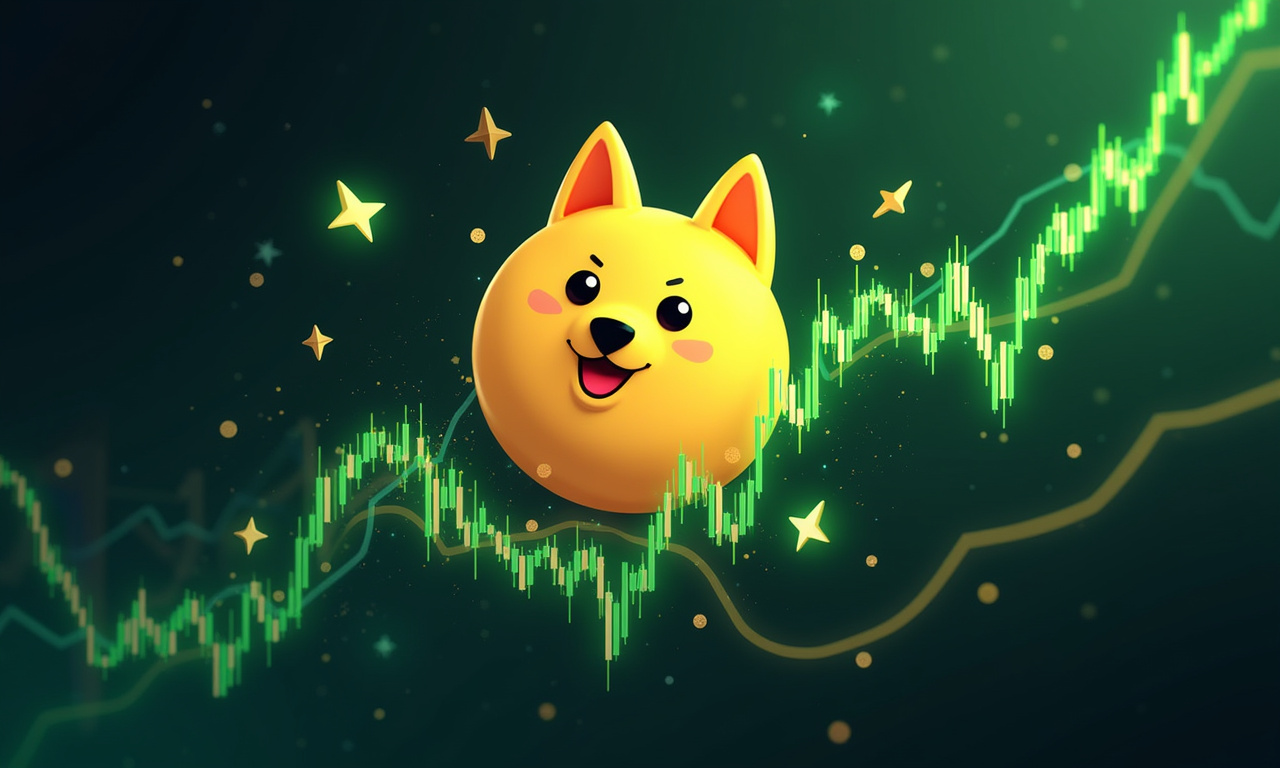Navigating the volatile world of cryptocurrency trading requires a keen understanding of market trends and the ability to predict future price movements. Technical indicators Traders use technical indicators to help visualize market data, identify patterns and trends, and come up with informed trading signals. These indicators can be categorized as leading or lagging indicators. They use this research along with historical price, volume open interest and market patterns to project potential near-term opportunities.
While leading indicators try to forecast future price action, lagging indicators do the opposite. Mastering the use of these indicators can significantly improve a trader's ability to make profitable decisions in the fast-paced crypto market.
Candlestick chart patterns are a visual depiction of price movements of an asset over a set time period. They are one of the best indicators to spot possible future trading trends and signals. The open, high, low, close of an asset form unique candle patterns. These patterns can help you see if the sentiment is bullish or bearish. Recognizing patterns such as the doji, engulfing patterns, and hammer can provide early insights into potential trend reversals or continuations.
Trend lines are another invaluable resource for crypto traders. Analysts draw a line through a sequence of peaks or valleys on a chart. This allows them to better determine the direction and strength of the trend. The green dotted line – a rising trend line drawn between higher lows – represents the definition of an uptrend. Oppositely, a descending trend line is drawn through lower highs showing a downtrend. Trend lines are useful for determining where the trend currently is and for recognizing future breakout or breakdown levels.
Support levels are important price points in the market where the price action tends to stop going down. Resistance levels are the points at which it typically stops going up. Traders look at these levels and consider them serious obstacles that price movement will want to avoid. They want to buy around established support levels and sell around established resistance levels. Knowing where these levels are makes traders bolder to establish more specific entry and exit points. It enables them to mitigate risk and increase their likelihood of scoring profitable trades.
Moving averages Simple Moving Averages (SMA) and Exponential Moving Averages (EMA) actively smooth price data over a specified amount of time. This meticulous process uncovers a more precise picture of the long-term trend. SMA simply takes an average price over whatever time period you’re looking for. Unlike SMA, EMA puts greater emphasis on the most recent prices, enabling it to react faster to new market data. Professional traders often use moving averages to determine the direction of the overall trend. They apply them to determine best potential support and resistance levels. Crossovers between different moving averages can be used to create trading signals, suggesting possible reversals in the market trend.
The Stochastic Oscillator is a favorite momentum oscillator. It measures an asset’s closing price relative to its high and low over a set time frame. It creates two lines, %K and %D, which oscillate between the values of 0 and 100. The important levels to be mindful of are 80 level (overbought) and 20 (oversold). Crossovers between the %K and %D lines indicate potential price action reversals and changes in momentum. This gives traders a great idea for where to buy, sell or short.
The Relative Strength Index (RSI) is one of the most popular momentum indicators. Its formula calculates the magnitude of recent price increases and decreases to assess whether a market is overbought or oversold. The RSI ranges from 0 to 100, with important levels of 70 and 30. An RSI reading above that level of 70 indicates that an asset is overbought and is probably due for a price correction. Conversely, an RSI below 30 indicates that the asset is oversold and will likely experience a price bounce.
Bollinger Bands consist of a middle band, which is typically a simple moving average. The two outer bands are determined by the price’s standard deviation. These bands widen and tighten with volatility and create a visual representation of price ranges for market traders. If price hits or breaks above the upper band, this is typically an indicator of overbought conditions. On the other hand, a close/touch/break of the lower band often signals an oversold situation. Bollinger Bands, along with RSI and MACD, are one of the top technical indicators for day trading crypto.




